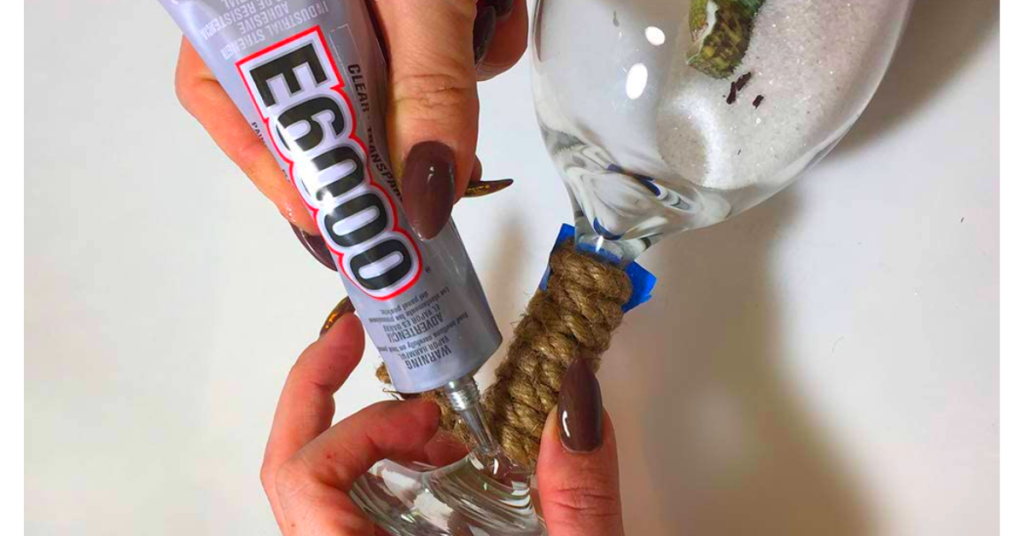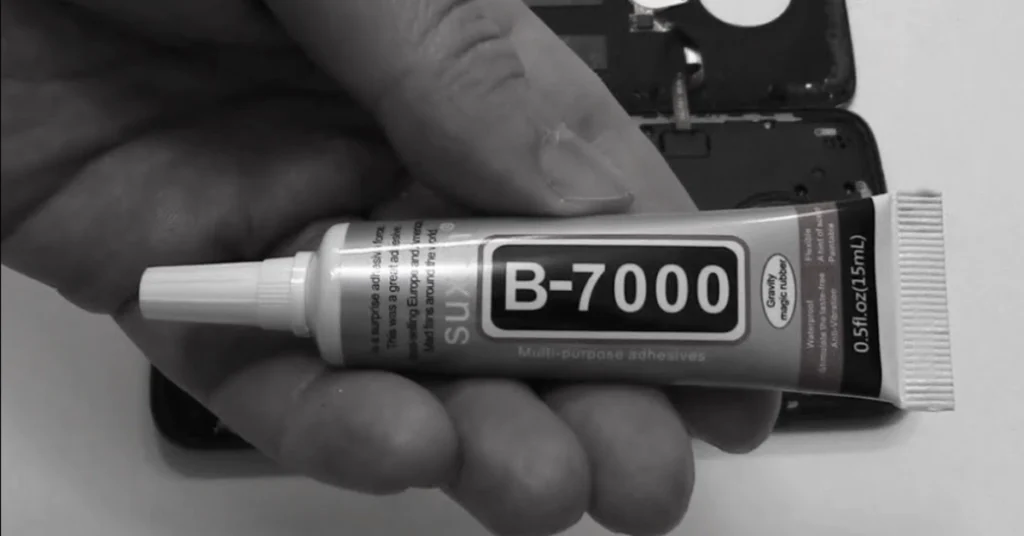E6000 and B7000 are the two most effective adhesives to buy. However, they have some differences that should be considered.
Some things make them different. One provides a regular bond, while the other offers a superior bond. One is affordable, while the other is not.
With some of these good features, both are good to buy. But which is better, these two?
Read More: E6000 vs. Gorilla Glue
What Things Differentiate Between E6000 And B7000?
Both E6000 and B7000 types of glue are good-quality ones. They don’t have much difference, but some are worth mentioning. See the differences to choose better for your projects.

Appearance
First of all, the appearances of E6000 and B7000 are different. E6000 is a solvent-based adhesive. On the other hand, the B7000 is a single-component epoxy. These adhesives are not that much different, but their use process is different.
The application process is different from one another. The appearance of the two adhesives is not that different, but the purpose of using them is.
Read More: Gem Tac vs. E6000
Consistency
Regarding the consistency of both B7000 and E6000, B7000 is more like a runny and drippy adhesive. On the other hand, E6000 is a thicker consistency adhesive than the other one.
So, when using them, be careful. Runny-condensation glue is easy to spread but a bit tough to handle. The thicker one takes time to apply to the area. Also, the B7000 can cover more space than the E6000.
Compatible Materials
There is a good range of materials that the E6000 glue can cover like super glue. It can give good industrial strength to many materials like wood, glass, metal, ceramics, vinyl, rubber, plastic, leather, and more. On the other hand, B7000 is mainly used for crafts and arts.
Different non-porous and porous materials like fabric, rubber, glass, metal, fabric, leather, canvas, vinyl and wood are suitable materials for B7000. It works great on mobile phone recovery as well. The adhesive is an excellent addition to the mobile phone repair tool set.

Dry And Curing Time
E6000 needs less time to set and cure than B7000. After applying E6000, it gets tacky in 2 minutes and is appropriately set within 10 minutes. When the E6000 takes 24 hours to cure fully, B7000 takes 36 hours to reach the optimum adhesive strength.
Versatility
Both adhesives are multi-purpose. B7000 can provide superior adhesion. Whereas E6000 can provide a common bond. B7000 is a strong bond that stays flexible. It is also environmentally friendly and transparent in color.
On the other hand, E6000 is a regular adhesive set in minutes. Both can be used on different types of surfaces.
Cost
When comparing the pricing of E6000 and B7000 adhesives, both are priced similarly, with each costing around $10. Therefore, for a moderate bond at an affordable price, either E6000 or B7000 would be a suitable option.
Which is better? E6000 or B7000?
After reviewing all the facts about E6000 and B7000, I conclude that E6000 is better. It is versatile, has good-quality adhesion, a fast-setting curing facility, and nicely spread consistency.
On the other hand, B7000 is not suitable for all kinds of projects. It’s only ideal when an industrial bond is needed. They can provide superior adhesion. E6000 is a solvent-based glue for different types of materials.
In an overall sense, the E6000 becomes an excellent option to make it work on different types of projects without spending much.
Last Opinion
Now that you know the details about both adhesives, it becomes easier to understand and choose the right one. E6000 and B7000 are the two suitable adhesives with many adequate facilities.
E6000 is overall a better option, but to achieve superior adhesion, B7000 should be considered.
You should know all the details and select the best one for your job. I hope this comparison is useful for you.

